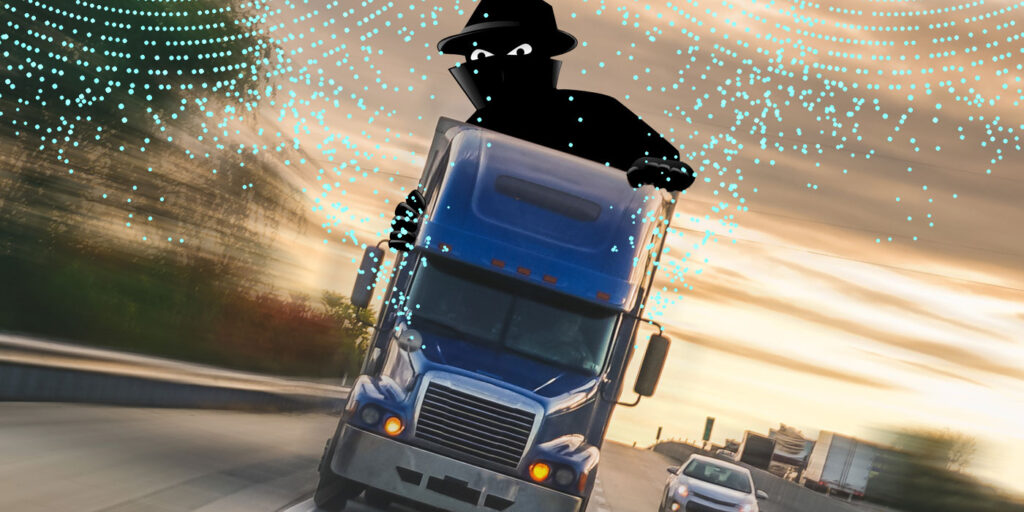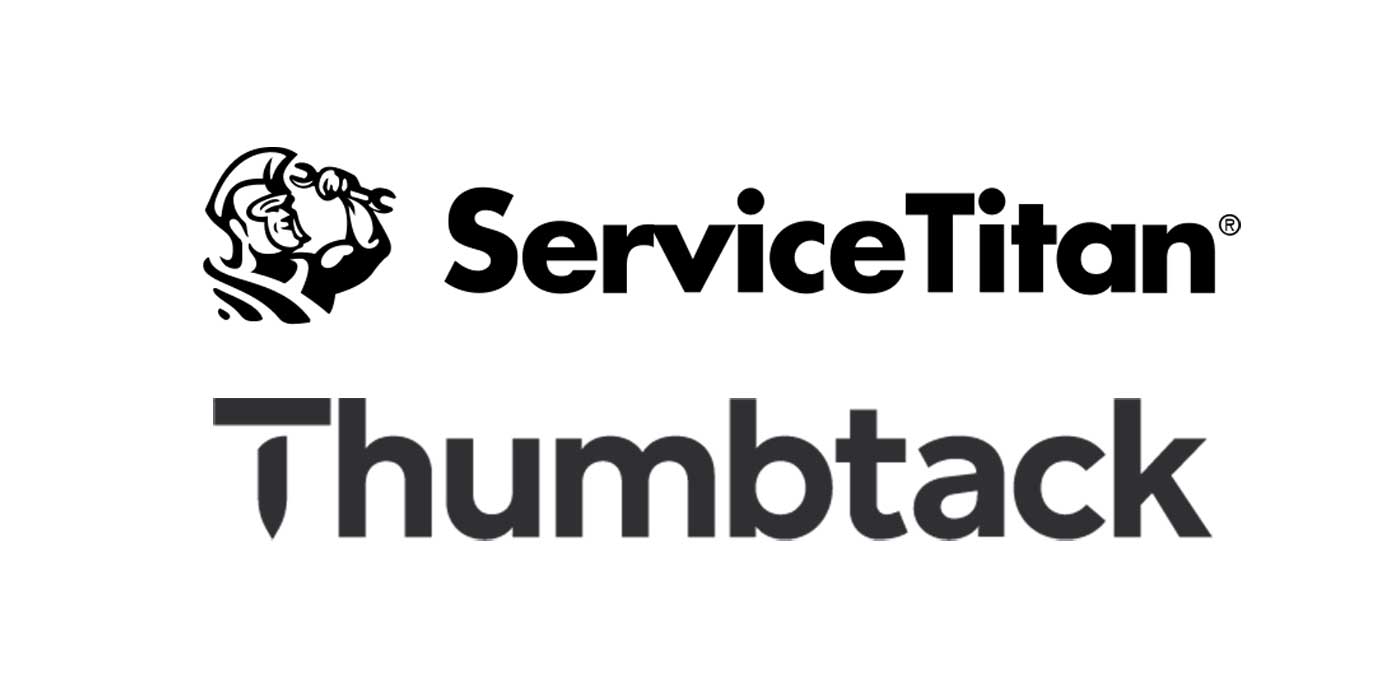There are few things that thieves appreciate more than high-value products bundled and neatly packed away in easily identifiable containers, making trucks a tempting target for cargo theft. Regrettably, the value of cargo theft keeps increasing every year. While the figures vary, cargo theft in the US runs anywhere between $15 and $35 billion annually, according to information from the National Insurance Crime Bureau. According to information from CargoNet, a company that tracks supply chain theft, during September ‘21 alone, $45 million worth of cargo was stolen — a stark contrast to the roughly $68 million of theft in 2020 during the pandemic that saw thieves targeting shipments of toilet paper and personal protective equipment. Even more recently, experts predicting growth in the volume of theft throughout 2022, have been validated thus far by the recent spike in railway container theft near the ports in LA.
While cargo thieves can seldom discern the exact particulars within a container or trailer, there are regional variations on what is most commonly stolen. High-value electronics like video gaming consoles are the preferred target on the West coast, while reefer units used for transporting food are the most common target on the East coast.
It is not just the theft of actual cargo that causes a problem for trucking companies, but also the ancillary events that happen post-theft. Assuming any cargo remains on the truck, carriers will have to answer to their customers for the partial delivery. That delivery has likely been delayed after the theft was discovered and police investigations into the theft can be lengthy and time-consuming. Not to mention the time it takes to file a claim with the insurance company. These delays quickly add up, causing the flow of freight (and therefore profit) to slow drastically.
That said, the objective is to protect freight in the most efficient and cost-effective way possible. To that end, the National Insurance Crime Bureau recommends starting with a common-sense approach to vehicle safety. Management should encourage drivers to follow basic safety etiquette, like parking in well-lit areas and ensuring truck and trailer doors are appropriately locked.
Thieves, however, have gotten savvy and are rarely caught filmed on facility security cameras while breaking into the back of a parked truck. Oftentimes, thefts occur long before a driver ever notices that anything is missing. This makes it hard to not only report the theft, but it makes it harder to isolate and understand where exactly the weak spot in the transportation process is occurring.
This is where telematics can make all the difference, with solutions like IoT sensors and on-board cameras providing round-the-clock protection. While thieves could avoid being detected by CCTV cameras positioned in the vicinity, it would be almost impossible for them to evade on-board cameras which can record attempted break-ins.
The combined IoT solution of cameras, sensors and telematics platforms not only document the status and condition of freight, but it can also help management understand when and where there is an incident with the truck, trailer or container — like opening doors outside of defined locations. For instance, fitting location sensors on pallets or boxes, especially luxury items with a high resale value, can significantly assist in track-and-trace and, ultimately, the recovery of stolen goods.
Typically speaking, it is just the cargo itself that gets stolen, but in some cases, expensive parts like tires or the entire tractor-trailer is the target. The loss of an asset is incredibly expensive and of significant impact to small businesses and large enterprises alike. Only one-in-five stolen vehicles are recovered, and of those, about a third have a significant amount of damage, resulting in significant repair times.
Here again, telematics can play an essential role in both the prevention and resolution of such a crime. Geofencing capabilities, for example, would alert operations managers just as soon as the truck left the yard or from a parked site. With access to real-time location information, operations managers can quickly help the authorities recover the truck while apprehending those responsible. Taking it a step further and combining geofencing with a video monitoring system, could provide valuable evidence in court, reducing the burden of proof on carriers and ensuring that justice is served.
Interestingly, a beneficial reputation comes from having vehicles and assets that are harder to steal from. Shippers, for instance, feel more secure and are more likely to contract with a trucking firm that has extensive security measures in place. If a brand is known for being well secured, most thieves will look for easier pickings rather than bother with the added trouble.
As with everything in this world, technology is making vast strides towards making everything faster, more efficient, and better interconnected. As a result, the supply chain can become a safer and more secure industry. As time and technology advance, criminals will inevitably continue to get smarter. Telematics can make the difference between a secure operation vs. an easy target for anyone looking to make a quick buck.
William Sandoval serves as senior vice president of product management & strategy for PowerFleet, leading PowerFleet’s product management, program management, and product marketing teams while providing strategic direction to drive innovative products and solutions. Sandoval has over 25 years of experience leading product strategy, technological innovation, and product development execution.













